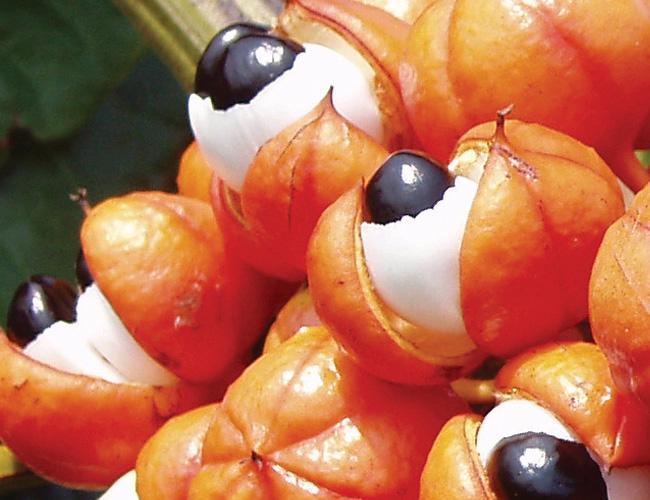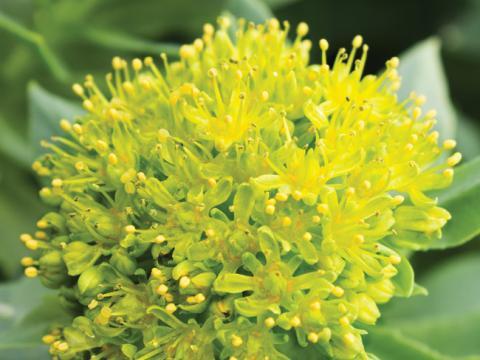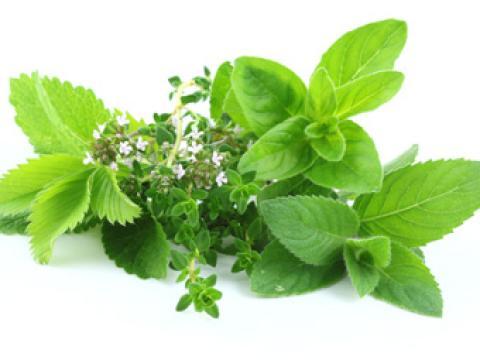Ancestral use
The name of the plant comes from the Guarani, native Americans from the Amazon who consumed guarana when food was scarce to ease their hunger. These native Americans were the first to discover the plant’s many physiological and medicinal effects.
After being discovered by settlers in the 19th century, guarana become popular for its stimulant properties and is still used today in a great many energy drinks.
Botanical details
Native to Brazil and to the Amazon basin, guarana is a climbing plant which can grow up to 2 to 3 metres high. The colour of the fruit ranges from dark red to orange, occasionally yellow. The fruit is partially open, revealing 1 to 3 dark chestnut brown seeds.

Properties
Guarana seed is a physical and mental stimulant1; 2 which also offers satiety-regulating effects3.
Guarana is also traditionally used to support weight-loss diets4 (due to the fat-burning or lipolytic action of caffeine) and for its action on blood sugar levels5.
Indications
- Improvement in physical and mental capacities
- Stimulation of memory
- Supporting weight loss (satiety, blood sugar levels, lipolysis)
- Low blood pressure
Possible combinations
Guarana + Rhodiola:
acute and occasional fatigue (physical and/or stress related) - management of stress and hunger in a weight loss context

Precautions
Not recommended for children and for pregnant or breast-feeding women due to insufficient data. Contraindicated for insomniacs and for anyone with untreated heart rhythm disorders, very high blood pressure, gastric or duodenal ulcer, hyperthyroidism or an allergy to plants in the Sapindaceae family.






